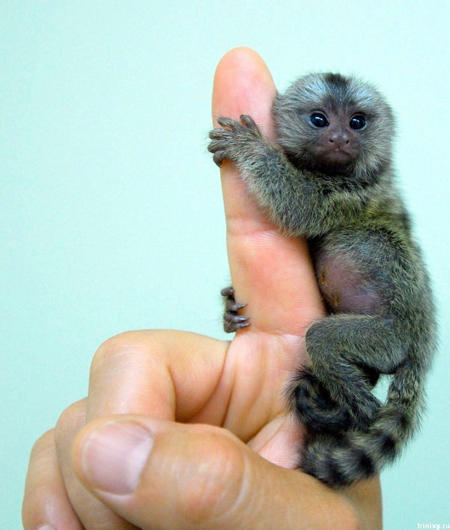
Capture Relative Size
Topic
The Animal Kingdom – Primates: Smallest Primate
How
The tiny monkey is demonstrated relative to a human finger, enabling the student to visualize the relative size of the monkey.
Why
The perspective of the tiny primate’s size is enhanced by the visual comparison of size. The instructor could point out how the monkey got its popular name, and discuss the similarities and differences between the monkey and the human anatomy. For instance, the instructor could call attention to the similarities between the construction and use of the hands.
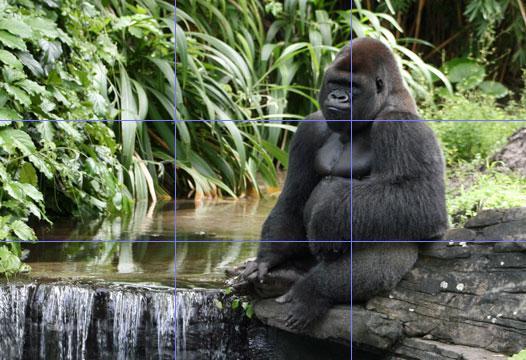
The 2/3 Rule
Topic
The Animal Kingdom – Primates: Largest Primate
How
The focal point of the picture, the gorilla’s face, is at the 2/3 right vertical and 2/3 top horizontal line intersections.
Why
Attention is immediately drawn to the gorilla, and particularly its face. The unequal division of the photo concentrates interest on this point. The instructor could use this focus to describe the gorilla’s features, particularly the facial features. Especially the flat nose and protruding lips are accentuated by the focal concentration.
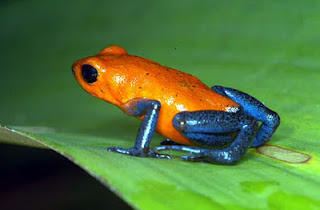
Consider Background
Topic
The Animal Kingdom – Adaption: Aposematism
How
Bright colors accentuate the poison dart frog in contrast to the background, making it the unmistakable highlight of the photo.
Why
The background is of no particular interest, and it doesn’t distract from the object of interest, even though the leaf is quite a vivid green. The photo is intended to demonstrate the aposematic coloration of the frog, and the background contributes to accentuating the topic. The instructor could explain the concept of warning coloration, rather than camouflaging coloration, using this vibrant image.
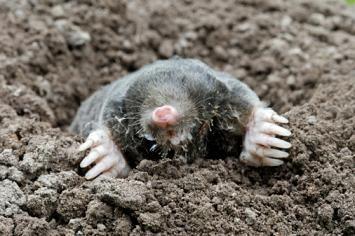
Get Close
Topic
The Animal Kingdom – Adaption: Living Underground
How
Zooming in on the mole’s face and claws emerging from the mound accentuates the animal’s adaptation.
Why
Moles are fairly small and notoriously shy. Photographing a mole emerging from its burrow usually means waiting patiently for an extended period. In this close-up photo, the mole’s adaptive features are demonstrated. An instructor could explain the small eyes and poor sight, flat ears, and sensitive whiskers using this picture. The powerful claws, which are used for the mole’s best-known behavior of digging tunnels, are also shown prominently.

Capture Depth
Topic
Natural Habitat: Forest
How
In this picture, depth is demonstrated by the narrowing path leading towards a vanishing point, the foreground trees and vegetation being larger than those towards the back, and by the difference in the sunlight, from shadow to light to dark again.
Why
Being able to into the distance creates the illusion that the forest area is large. The path disappearing around a corner implies that it will continue for some distance yet. The horizon is roughly one third from the top of the photo, and the point where the path disappears is about 1/3 from the right, drawing the interest to where the path may lead. This also suggests that the forest is extended even beyond what is visible in the photo.
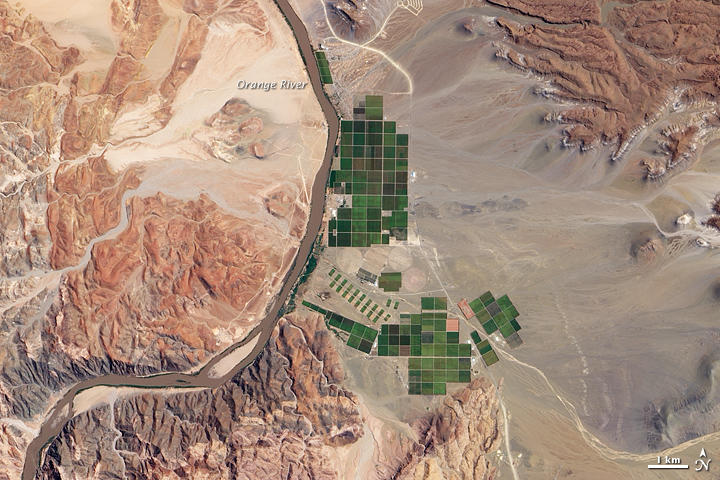
Capture Color Contrast
Topic
Human Achievements: Irrigation
How
Vivid green patches of irrigated fields contrast sharply with the dull background of dry land.
Why
To demonstrate the effects and advantages of the irrigation scheme, color highlights the irrigated fields. It is clear that where no water is applied by man, very few, green plants grow naturally. The instructor might want to make a point that, with some effort, hostile environments can be rendered habitable.
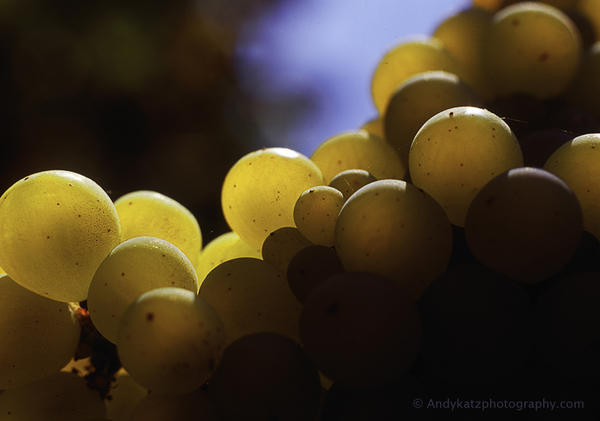
Topic
Human Achievements: Harvest
How
By lighting the grapes from behind, the grapes almost seem to glow and appear ripe and luscious.
Why
Harvest is a time when ripe produce appears almost magical and surreal, following the long season of taking care of the plants. The alternative lighting enhances this quality. The semi-transparency of the grapes suggests that they are ripe and ready for consumption, or wine processing. The placement of the glowing grapes on the left bottom third of the photo draws the focus towards them.
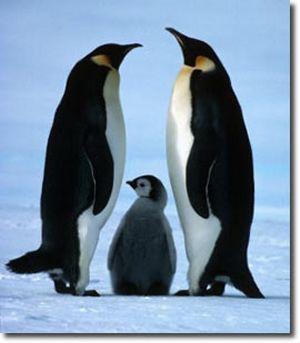
Capture Natural Poses
Topic
The Animal Kingdom – Adaption: Animal Parenting
How
In nature, almost every pose is natural. Only if prompted by unnatural circumstances would animals pose abnormally?
Why
Penguins are extremely dedicated parents. Both penguin parents are involved in the raising of the chicks. In this picture, the proximity of the adult birds to the juvenile, as well as their protective stance, indicates the dedication of the parent penguins. The picture could be used for debates on how the vulnerable chicks survive in harsh climates, or animal parenting, perhaps even in comparison to human parenting.
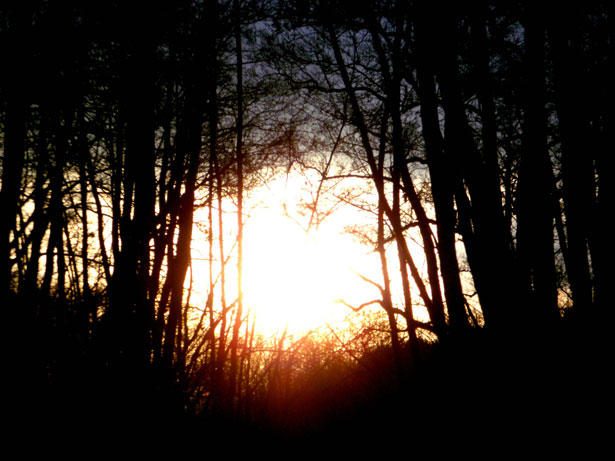
Find Frames
Topic
Our Solar System: The Sun
How
Animals, clouds, waves, and other moving natural objects may be challenging to photograph in exactly the right place and at the right moment. Sunrises, sunsets, and moon positions are easier to anticipate, allowing the photographer to get into the ideal position in time. In this case, the photographer may have waited another minute to capture more sunset colors.
Why
Natural frames abound in nature – trees, rocks, and cave exits, to name but a few. An instructor might want to use this photo in discussing the sun cycle, the apparent size of the setting or rising sun, or the color refractions at sunset.
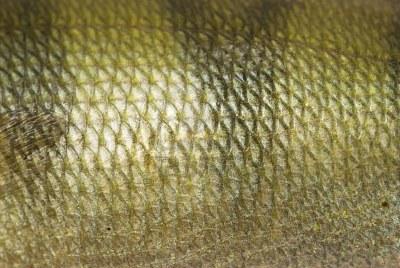
Topic
The Animal Kingdom – Adaption: Aquatic Life
How
Scales in their natural position are smooth and neatly patterned. The light reflection on the scales enhances the smoothness of the texture in the photo.
Why
Like fur and feathers, scales are an adaption to help animals survive. An instructor may challenge students to discuss in what way scales help fish to survive and why scales are arranged in an overlapping pattern.